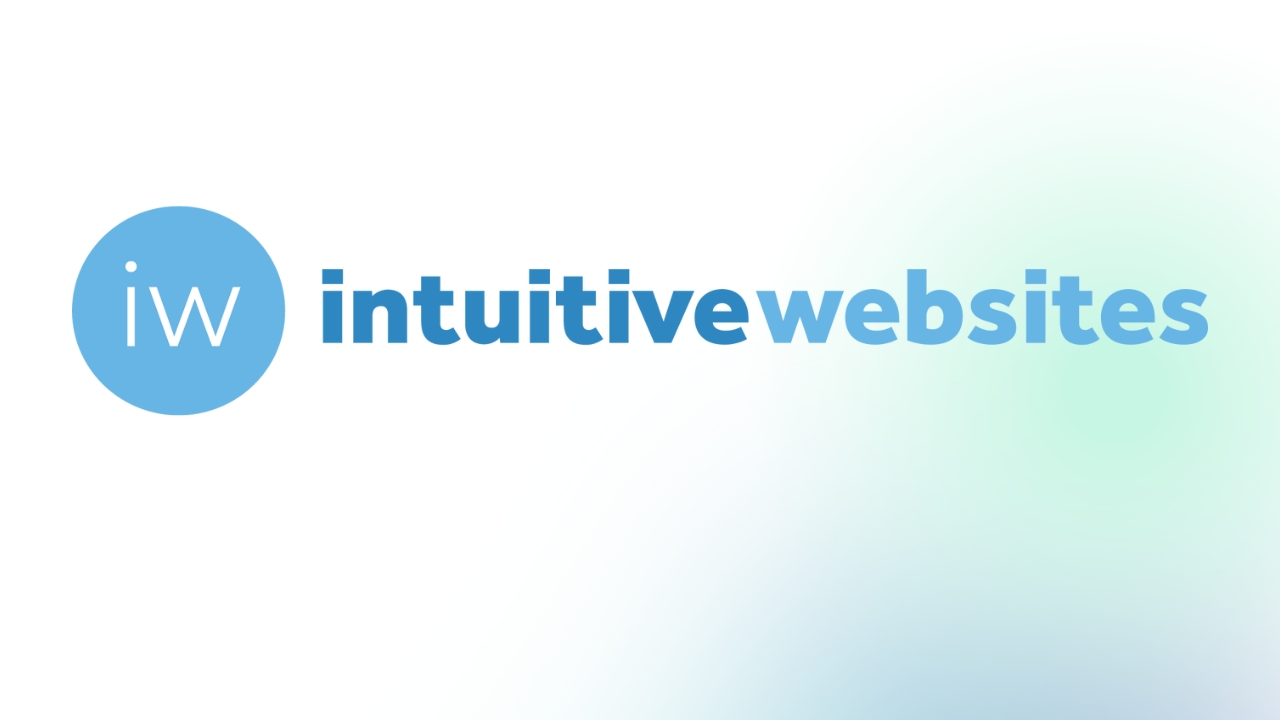Last week’s blog reviewed what website visitors want. This post and tip of the week will review what website visitors think about as they use the Internet to meet their needs. Getting inside the head of your website visitor helps you better understand their needs and how to build an easy-to-use website that will get results. In our research over the past fifteen years, we have developed a brief list of questions people ask as they visit websites. This comes from thousands of hours spent watching people use the web in user testing sessions and in reviewing the data from Google Analytics for hundreds of client websites.
Here are the questions website visitors ask as they navigate a website. Answer these questions during the website design process to design and build a better website.
What is the website about?
This is the first thought that comes to the website visitor. Ten out of ten people that come to your website should understand what the company does and how it adds value. Not knowing what a site is about in the first five to ten seconds leads to a high bounce rate and low user engagement. People leave websites that they don’t understand, or if they are too difficult to figure out how to use. Also, online conversions are almost impossible if the website visitor does not understand the value provided by your company.
What is of value to me?
After the site visitor decides what the site is about, they next ask the most important question dealing with the website’s value to them. This happens quickly, and determines if they will stay on the site and dig deeper into the content or leave to find a website that does bring that perceived value. The next step the user will take is to navigate or search the website to help them get to the benefits they are looking for.
How do I navigate or search to find what I want?
The vast majority of web users will go to the navigation menu to start their search. Menu systems that are easy to use and understand are critical to site usability and keeping the visitor on the site. Users will read from left to right on a page, just like they read a book and scan content and navigation links very quickly. They want the links to make total sense to them before they click to see what is on the next page.
What can I do on this website?
The user will search for functionality as a way to meet their needs and get information. Keep in mind that your website must work very well or the user will leave the site quickly. They expect the site to function like Google, Amazon and other popular websites. Functionality must support your strategic digital marketing strategy and lead to a conversion or it is probably not necessary.
Is this website safe and can I trust it?
This is a key part of branding and conversions. All aspects of your website must communicate trust, professionalism and safety. A poorly designed website is less trustworthy than a professional site that is easy to use. People want to know if the site will offer value or if it just wants their money. Design a site that builds trust.
Here are a few additional questions on the mind of your website visitors:
- Where am I on the website?
- Should I be somewhere else?
- Where is the company located?
- How do I contact the company?
- Should I tell others about this website?
- How do I buy online?
- How do I contact sales or customer service?
- If I contact them, will they get back with me in a timely manner?
Summary
Understanding what users want from your website and what they are thinking are key starting points and the foundation of your website design and development work. Use our website as a resource to understand the fundamentals of website usability and design to meet user needs. Websites that answer user questions will increase sales and win in competitive online markets.
Action Items
Put yourself inside the head of your website visitors and know the answers to their questions.
Don’t make assumptions about how easy it is for your website users to answer the questions raised in this post. Conduct user testing and see for yourself.
Use these questions in your strategic digital marketing plan and to drive design efforts.
Read the book Don’t Make me Think by Steve Krug to make your website intuitive so users think less and do more on your site.


